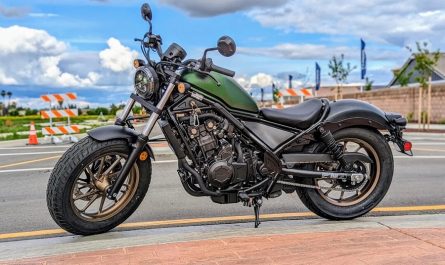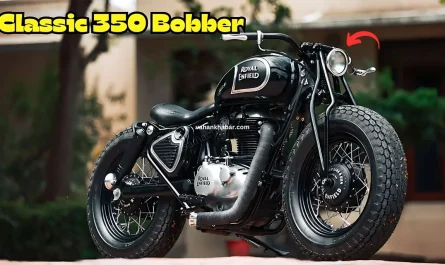Introduction
Bike pumps are the unsung heroes of every rider’s journey—often taken for granted yet indisputable need. These humble gadgets have the ability to turn a dead, limp bicycle into an energetic mount that can handle any terrain. They give rubber souls life with every piston stroke, allowing for discovery, adventure, and the pure joy of riding.
Thus, the next time you go on a bicycle adventure, stop and consider the Best bike pumps. Your two-wheeled buddy would be reduced to a motionless sculpture without it.
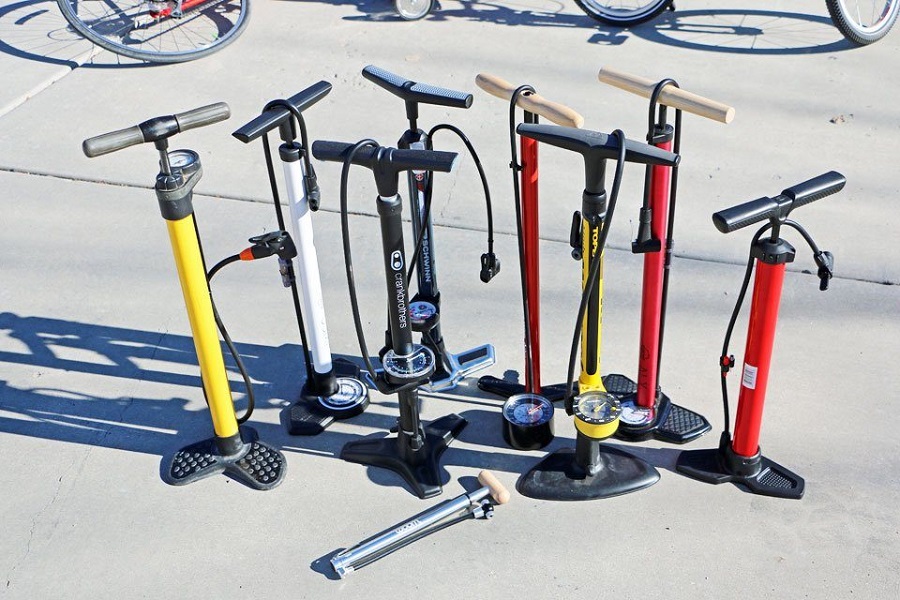
Types of Bike Pumps
1. Floor Pumps
Often overshadowed by the sleek allure of carbon fiber frames and high-performance components, the floor bike pumps stands as a stalwart companion in every cyclist’s arsenal. This unassuming piece of equipment is the cornerstone of tire maintenance, offering precision, power, and reliability that hand pumps simply can’t match.
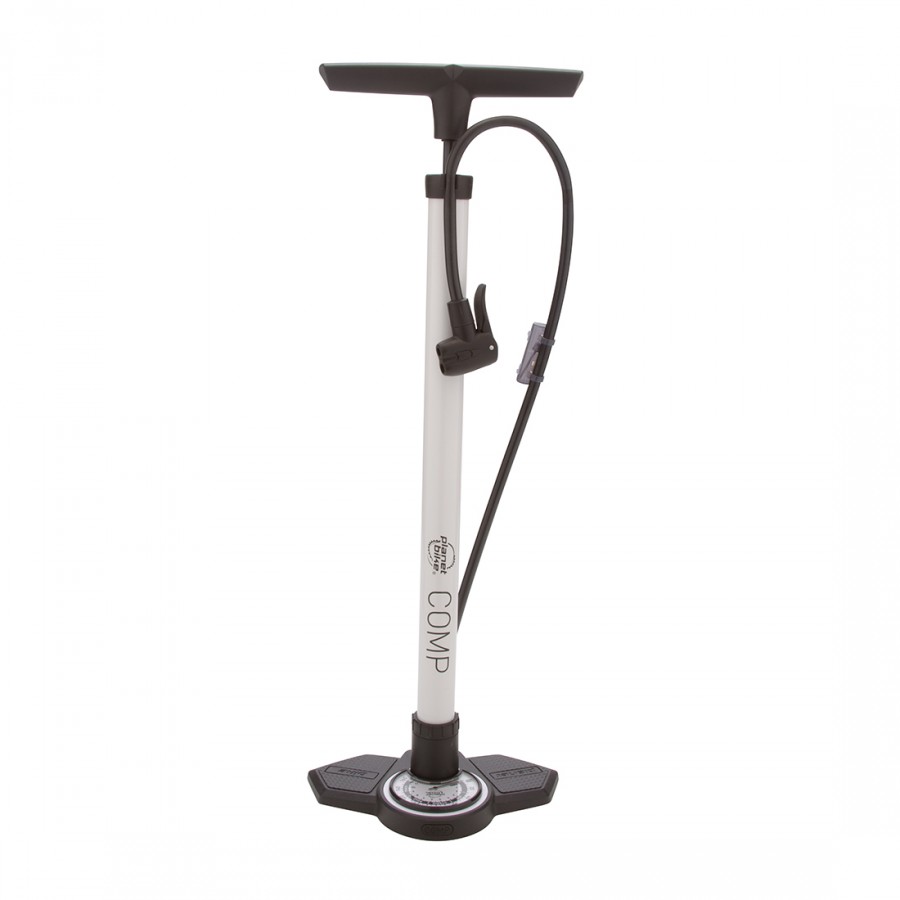
The Anatomy of a Floor Pump
A typical floor bike Pumps comprises several key components:
- Base: Provides stability and prevents the pump from tipping over during use.
- Cylinder: The chamber where air is compressed before being pushed into the tire.
- Handle: The lever used to create pressure within the cylinder.
- Hose: Connects the pump to the tire valve.
- Gauge: Displays the tire pressure.Modern floor pumps come with a range of features to enhance performance and convenience:
Floor bike pumps Features and Considerations
- Pressure Gauges: Accurate gauges are essential for maintaining optimal tire pressure.
- Dual-Head Compatibility: The ability to handle both Presta and Schrader valves is a must-have.
- High-Volume Cylinders: Larger cylinders reduce the number of pump strokes required.
- Ergonomic Handles: Comfortable handles make the inflation process less tiring.
- Foot-Operated Models: Offer hands-free inflation for added convenience.
When choosing a floor bike pumps , consider factors such as desired maximum pressure, ease of use, and storage space. Investing in a high-quality floor pump is a worthwhile investment that will pay dividends in terms of tire maintenance and overall riding enjoyment.
2. Hand Pumps
Often underestimated in the realm of cycling tools, the hand bike Pumps is a crucial piece of equipment that can turn a potential flat tire disaster into a manageable situation. Compact, lightweight, and surprisingly powerful, the hand pump is an essential companion for any cyclist who ventures beyond the confines of their garage. Hand bike pumps is designed for portability. It typically consists of a cylindrical barrel, a handle, and a hose. Some models include a built-in gauge for precise pressure monitoring, while others rely on the cyclist’s experience.
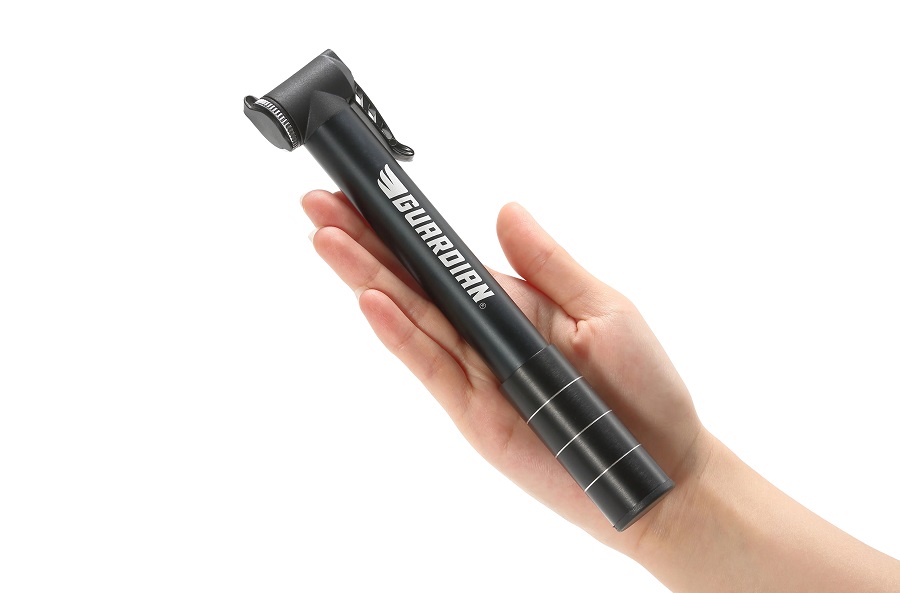
Types of Hand Pump
- Mini Pumps: These are the smallest and lightest hand bike pumps, ideal for carrying in a jersey pocket or saddle bag. They are typically suitable for quick fixes but may require multiple pumping sessions to fully inflate a tire.
- Frame Pumps: Slightly larger than mini bike pumps, frame pumps are designed to be mounted on a bike frame. They offer better leverage and faster inflation than mini pumps.
Features of a Hand Bike Pumps
- Compact and Portable: Easily fits into a jersey pocket or saddle bag, making it ideal for on-the-go repairs.
- Lightweight: Minimal weight burden for the cyclist.
- Durable Construction: Built to withstand the rigors of outdoor use and transportation.
- Efficient Air Displacement: Delivers ample air volume with minimal effort.
- Emergency Preparedness: Essential tool for roadside repairs and unexpected flat tires.
· Cost-Effective: Affordable option for basic tire inflation needs.
· Low Maintenance: Typically requires minimal care and upkeep.
Special Bike Pumps
1. CO2 Bike Pumps
CO2 canisters, often referred to as CO2 bike pumps, offer a rapid and convenient method for inflating bicycle tires. These compact cylinders contain compressed carbon dioxide, which is released into the tire when a small cartridge is pierced. While not a replacement for a traditional bike pumps for regular maintenance, CO2 canisters are invaluable for emergency roadside repairs.
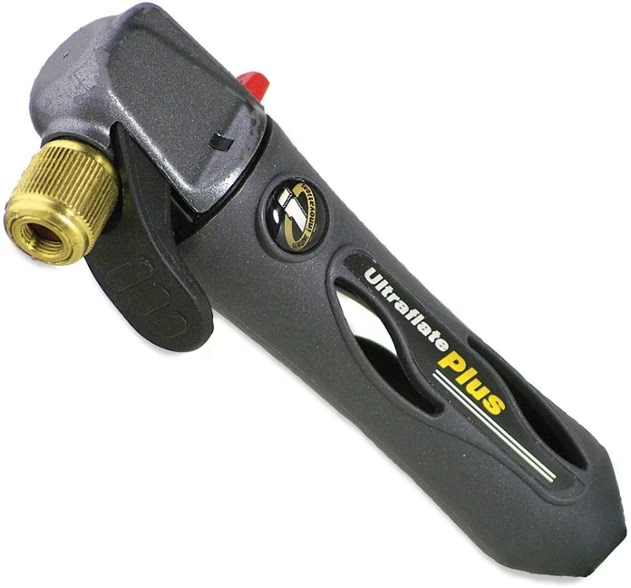
How CO2 Canisters Work
The process is straightforward:
- Attach the Head: Connect the CO2 cartridge head to the tire valve.
- Pierce the Cartridge: A sharp pin punctures the cartridge, releasing the CO2.
- Inflate the Tire: The pressurized gas rapidly fills the tire.
Additional Considerations
- Spare Cartridges: Carry extra cartridges in case of multiple flats or underinflated tires.
- Temperature Sensitivity: CO2 efficiency decreases in colder temperatures.
- Tire Sealant Compatibility: Some tire sealants can clog CO2 cartridges.
- Storage: Store canisters in a cool, dry place to maintain optimal performance.
While CO2 canisters are a valuable tool for cyclists, it’s essential to carry a hand bike pumps or floor bike pumps for regular tire maintenance and in situations where multiple CO2 cartridges might be needed.
2. Electric Pump
Electric bike pumps are revolutionizing the way cyclists approach tire maintenance. These innovative devices offer a convenient and efficient alternative to traditional hand and floor pumps. Powered by rechargeable batteries, electric pumps deliver rapid inflation with minimal physical effort.
How Electric Pumps Work
Electric bike pumps typically consist of a compact, handheld unit with a built-in motor, battery, and digital display. A hose connects the pump to the bike’s tire valve. Users can select the desired tire pressure, and the pump automatically inflates the tire to the preset level.
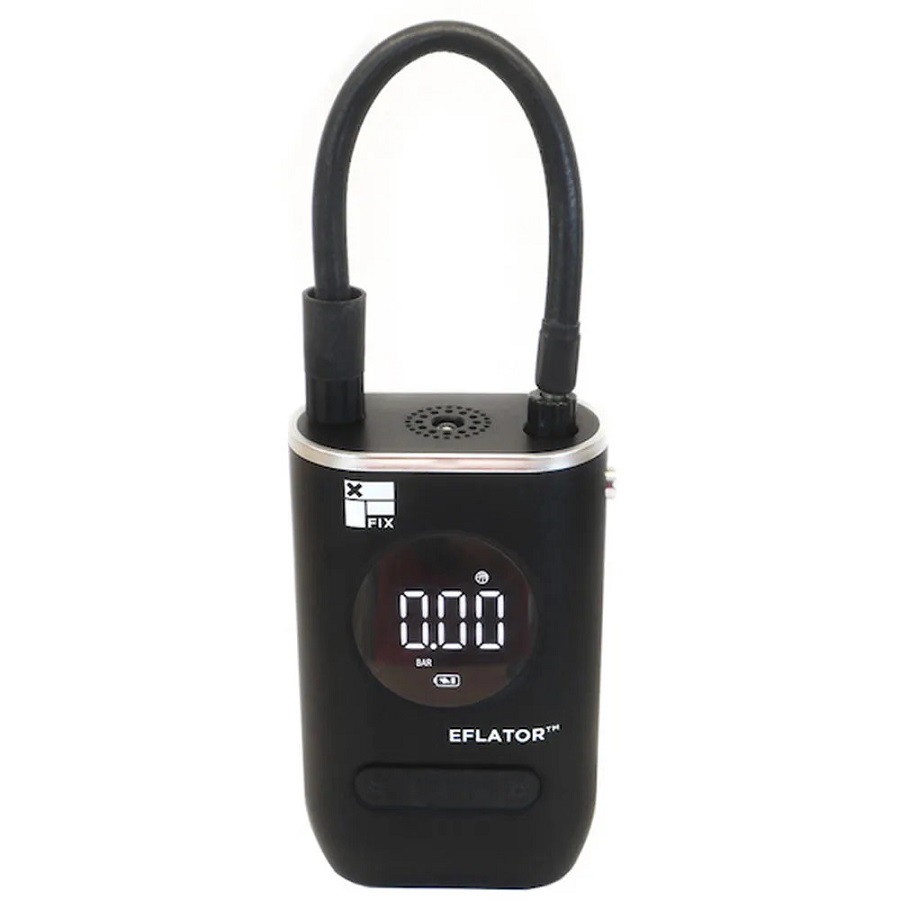
Choosing the Right Electric Pump
When selecting an electric bike pumps, consider the following factors:
- Battery Life: Ensure the battery can handle multiple tire inflations without recharging.
- Maximum Pressure: The bike pumps should be capable of reaching the desired tire pressure.
- Portability: If you plan to carry the pump with you, opt for a lightweight and compact model.
- Additional Features: Some pumps offer features like automatic shutoff, preset tire profiles, and LED lights.
Electric bike pumps are a valuable addition to any cyclist’s toolkit. While they may not entirely replace traditional pumps, they offer a convenient and efficient way to maintain tire pressure. As technology continues to advance, we can expect even more innovative and powerful electric pumps to emerge.
Conclusion
By understanding the different types of bike bike pumps and their strengths, you can choose the perfect tool for your cycling adventures. Remember, a well-inflated tire is not only essential for safety but also enhances your overall riding experience. So, pump up your knowledge and enjoy the ride!
